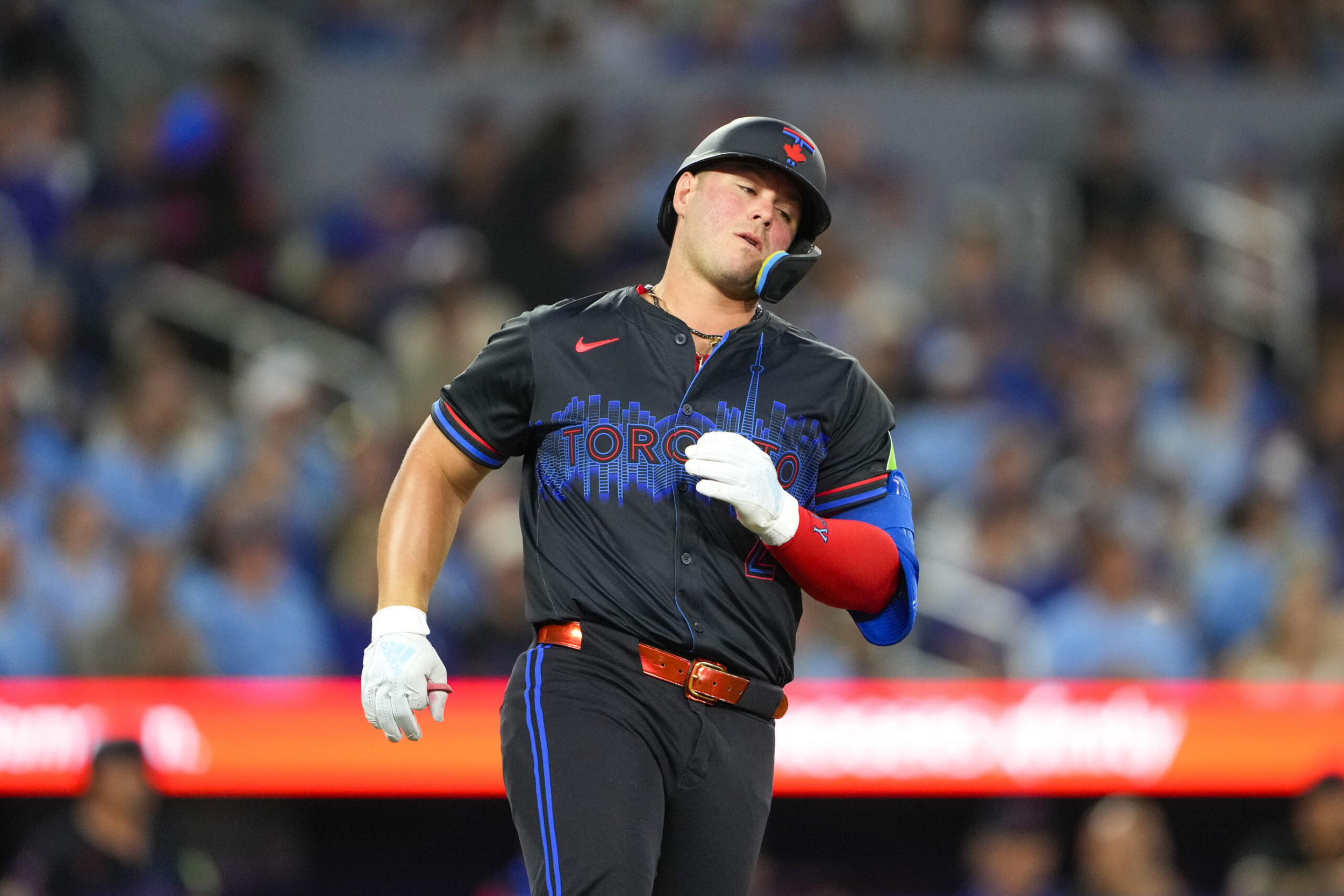Evaluating the Toronto Blue Jays’ Offense Post-Trade Deadline
With nearly a week having passed since the 2025 trade deadline, the Toronto Blue Jays have made notable moves that have bolstered their bullpen and starting rotation. The additions of Seranthony Domínguez and Louis Varland have provided much-needed depth in the late innings, while the potential return of Shane Bieber to the starting rotation offers an exciting boost. However, questions remain about whether the front office made sufficient efforts to strengthen the team’s offense.
Despite a recent surge in scoring—notably, the Blue Jays exploded for 25 runs over the last two games in Colorado—their offensive performance has been inconsistent. Earlier series against the Baltimore Orioles and Kansas City Royals highlighted this volatility, and upcoming matchups against the Los Angeles Dodgers and Chicago Cubs will serve as another critical test for the lineup.
Before the trade deadline, general manager Ross Atkins aimed to acquire a right-handed-hitting power bat to complement Myles Straw, particularly against left-handed pitching. Instead, the Blue Jays ended up acquiring Ty France in the Varland deal from Minnesota. France, who hasn’t posted a wRC+ of 100 or better since 2023, presents a project rather than an immediate upgrade. While he has shown power in the past—hitting 20 home runs in 2022—he has struggled to maintain that level of production in recent seasons.
France’s performance over the years shows a gradual decline:
- 2021: .311/.366/.508 with a 140 wRC+
- 2022: .273/.345/.390 with a 119 wRC+
- 2023: .280/.325/.393 with a 106 wRC+
- 2024: .231/.321/.350 with a 98 wRC+
- 2025: .250/.299/.380 with an 89 wRC+
While France could potentially outperform Straw against left-handed pitchers, his overall power output is limited. He relies more on contact and pull-hitting rather than high exit velocities or barrel rates. This makes him a fit for the Blue Jays’ current hitting philosophy, but it also raises concerns about whether he can return to his former impact status.
The Blue Jays currently lead the majors with a 121 wRC+ since the start of May, which is impressive. However, their power numbers are not among the league’s best. As history has shown, power becomes crucial in the postseason, where clutch hits can make all the difference. With Anthony Santander’s uncertain return, the pressure falls on players like Bo Bichette, Vladimir Guerrero Jr., George Springer, and Addison Barger to carry the offensive load.
Acquiring a more reliable power hitter might have elevated the team’s ceiling, but supply and demand in the market limited options. Few high-level position players were available at the deadline, including Carlos Correa, Eugenio Suárez, and Josh Naylor. The Blue Jays likely couldn’t compete for these players due to their pressing needs on the pitching side.
Even if they had pursued a player like Steven Kwan, it would have required giving up top prospects, which may not have been feasible. Other potential targets, such as Willi Castro, Ramón Laureano, and Randal Grichuk, either came with steep price tags or were already traded. Additionally, players like Tommy Pham and Taylor Ward remained on the market, but the Blue Jays didn’t pursue them.
In the end, the decision to take a chance on France was a calculated move. It reflects a strategy of relying on existing talent while making smaller, strategic acquisitions. The Blue Jays enter the final stretch of the season with an AL-best 67-48 record, but only time will tell if this approach is enough to secure their first extended playoff run in nearly a decade.

